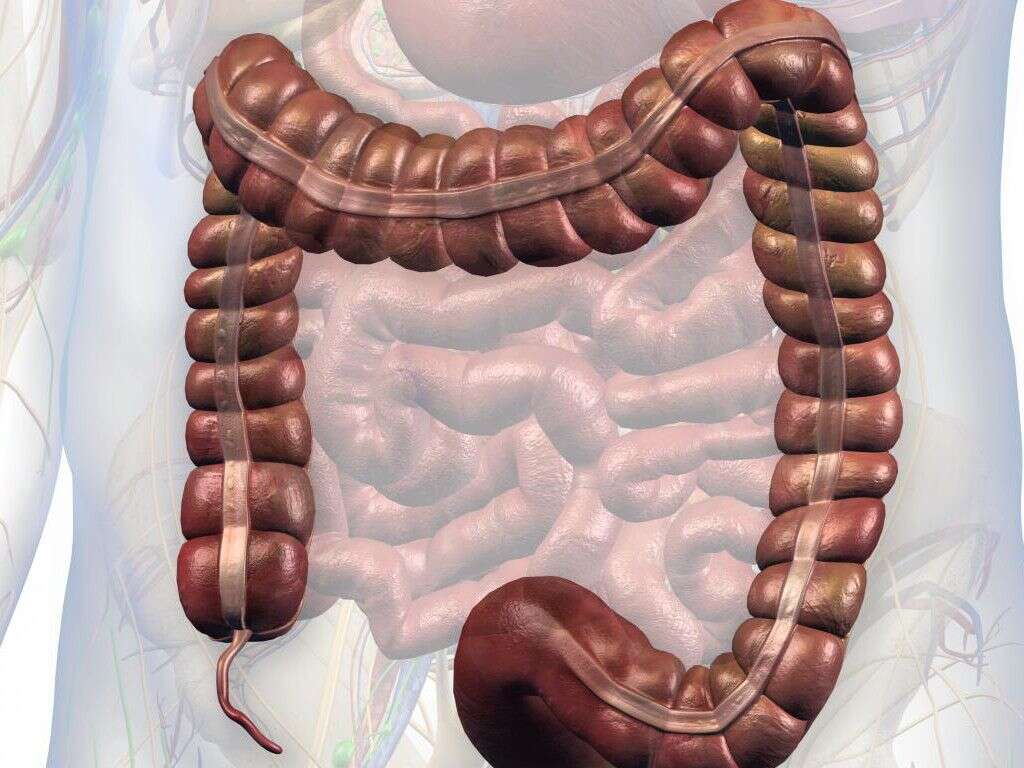What Causes Appendicitis?
 Article Sources
Article Sources
- 1. 'Appendicitis.' Mayo Clinic, Mayo Foundation for Medical Education and Research, 24 May 2019, www.mayoclinic.org/diseases-conditions/appendicitis/symptoms-causes/syc-20369543.
- 2. 'Appendicitis.' Johns Hopkins Medicine, www.hopkinsmedicine.org/health/conditions-and-diseases/appendicitis.
- 3. 'Appendicitis.' Cincinnati Childrens, www.cincinnatichildrens.org/health/a/appendicitis.
- 4. Adam C. Alder, MD. 'Association of Viral Infection and Appendicitis.' Archives of Surgery, JAMA Network, 1 Jan. 2010, jamanetwork.com/journals/jamasurgery/fullarticle/213340.
- 5. 'Measles Signs and Symptoms.' Centers for Disease Control and Prevention, Centers for Disease Control and Prevention, 5 Nov. 2020, www.cdc.gov/measles/symptoms/signs-symptoms.html.
- 6. GH;, Whalen TV;Klos JR;Kovalcik PJ;Cross. 'Measles and Appendicitis.' The American Surgeon, U.S. National Library of Medicine, pubmed.ncbi.nlm.nih.gov/7447177.
- 7. 'Symptoms.' Centers for Disease Control and Prevention, Centers for Disease Control and Prevention, 26 May 2016, www.cdc.gov/yersinia/symptoms.html.
- 8. Chen CY;Chen YC;Pu HN;Tsai CH;Chen WT;Lin CH; 'Bacteriology of Acute Appendicitis and Its Implication for the Use of Prophylactic Antibiotics.' Surgical Infections, U.S. National Library of Medicine, pubmed.ncbi.nlm.nih.gov/23231389.
- 9. 'E. Coli.' Mayo Clinic, Mayo Foundation for Medical Education and Research, 10 Oct. 2020, www.mayoclinic.org/diseases-conditions/e-coli/symptoms-causes/syc-20372058.
- 10. Michael E. Ruff, MD. 'Escherichia Coli Septicemia in Nonperforated Appendicitis.' Archives of Pediatrics & Adolescent Medicine, JAMA Network, 1 Aug. 1994, jamanetwork.com/journals/jamapediatrics/article-abstract/517247.
- 11. Ghadage, Dnyaneshawari Purushottam, et al. 'Appendicitis in a Child Due to Streptococcus Pneumoniae: A Rare Case Report.' Journal of Clinical and Diagnostic Research : JCDR, JCDR Research and Publications (P) Limited, Jan. 2015, www.ncbi.nlm.nih.gov/pmc/articles/PMC4347081.
- 12. 'Infective Endocarditis By Guy P. Armstrong, et al. 'Infective Endocarditis - Cardiovascular Disorders.' Merck Manuals Professional Edition, Merck Manuals, www.merckmanuals.com/professional/cardiovascular-disorders/endocarditis/infective-endocarditis.
- 13. Larbcharoensub N;Boonsakan P;Kanoksil W;Wattanatranon D;Phongkitkarun S;Molagool S;Watcharananan SP; 'Fungal Appendicitis: a Case Series and Review of the Literature.' The Southeast Asian Journal of Tropical Medicine and Public Health, U.S. National Library of Medicine, pubmed.ncbi.nlm.nih.gov/24050103.
- 14. 'Appendicitis.' Sepsis Alliance, 12 Jan. 2021, www.sepsis.org/sepsisand/appendicitis.
- 15. Ashurst, John V. 'Klebsiella Pneumonia.' StatPearls /[Internet/]., U.S. National Library of Medicine, 5 Feb. 2021, www.ncbi.nlm.nih.gov/books/NBK519004.
Appendicitis is an inflammation of the appendix, a small pouch that extends from your colon. The appendix is vestigial, which means it has no purpose in the human body. Anyone with an appendix can develop appendicitis, although the condition is most common in people between the ages of 10 and 30.
Once the organ becomes infected it swells causing pain and other symptoms. The standard treatment for an inflamed appendix is surgical removal. It can be performed as an open surgery or laparoscopy. Antibiotics are given to help treat infection.

1. Appendicitis Symptoms
As the person's appendix becomes swollen, it causes sudden pain. Pain usually occurs on the lower right side of the abdomen, but it can refer to other areas and may start around the navel. This condition may also cause nausea, vomiting and a poor appetite.1‘Appendicitis.’ Mayo Clinic, Mayo Foundation for Medical Education and Research, 24 May 2019, www.mayoclinic.org/diseases-conditions/appendicitis/symptoms-causes/syc-20369543.,2‘Appendicitis.’ Johns Hopkins Medicine, www.hopkinsmedicine.org/health/conditions-and-diseases/appendicitis.
Individuals may experience a low-grade fever as the swelling progresses. Some people also experience flatulence, diarrhea, constipation, diarrhea or bloating. Should the appendix rupture, infectious material can quickly spread throughout the internal abdomen cavity. A drainage tube may need to be inserted to help remove excess fluid before surgery can be attempted.
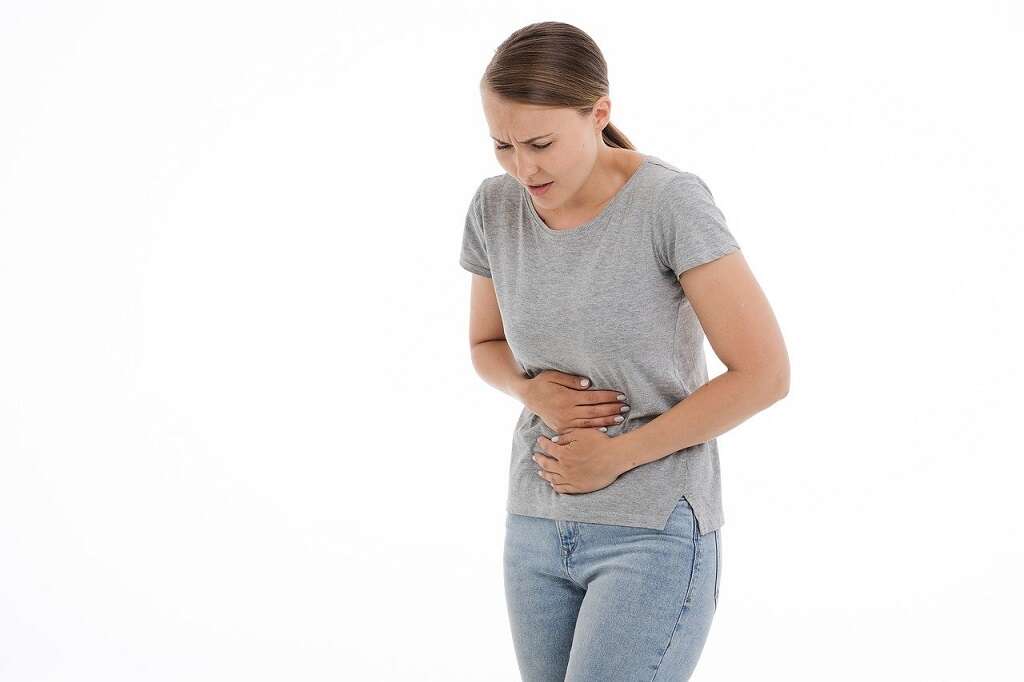
2. Blockage
Blockages are a known cause of appendicitis. The condition may stem from a blockage in the appendix's lining, which can cause an infection. In some cases, a person might experience appendicitis when stool blocks the tube that connects the appendix and large intestines.
The appendix produces mucus, which drains into the large intestines. When there's a blockage, the fluid can't drain and remains in the appendix, causing it to swell and get infected.3‘Appendicitis.’ Cincinnati Childrens, www.cincinnatichildrens.org/health/a/appendicitis.

3. Measles Virus
The measles virus causes small, red bumps to appear on a person's skin. The bumps tend to start on a person's head and spread to other parts of their body. Individuals with the measles virus may develop a high fever of 104 degrees or more. Other symptoms include a runny nose, cough and watery eyes.4Adam C. Alder, MD. ‘Association of Viral Infection and Appendicitis.’ Archives of Surgery, JAMA Network, 1 Jan. 2010, jamanetwork.com/journals/jamasurgery/fullarticle/213340.
Measles can lead to encephalitis and pneumonia. Occasionally, people develop appendicitis from the measles virus. Appendicitis can start even before the measles rash appears.5‘Measles Signs and Symptoms.’ Centers for Disease Control and Prevention, Centers for Disease Control and Prevention, 5 Nov. 2020, www.cdc.gov/measles/symptoms/signs-symptoms.html.
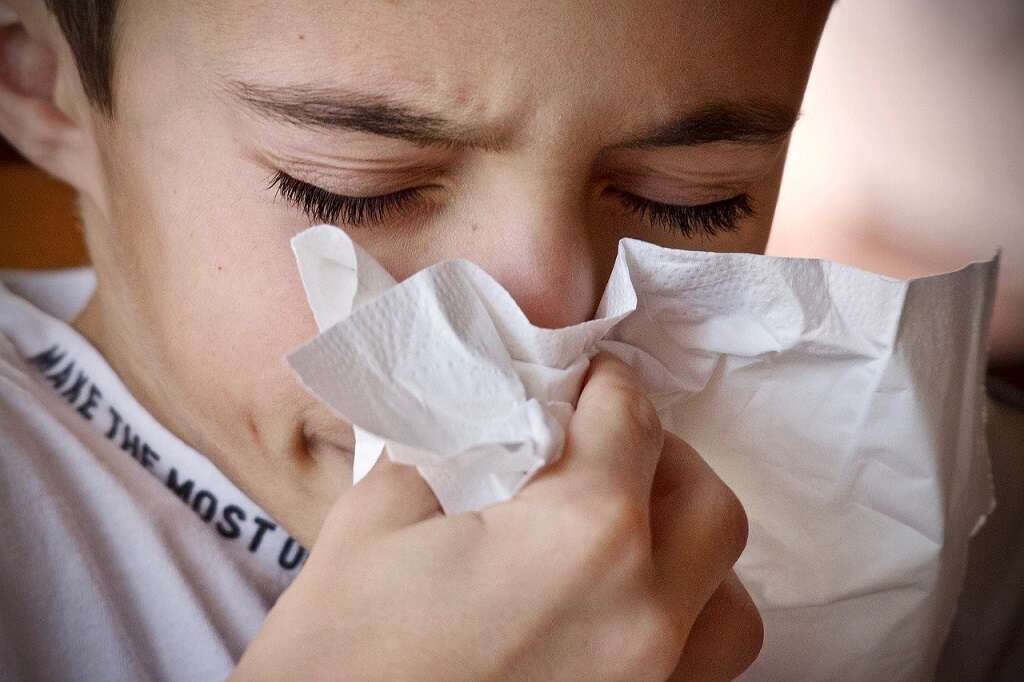
4. Cytomegalovirus
Cytomegalovirus rarely causes any problems in a healthy person, although it could cause fatigue, sore throat, muscle aches or fever. Someone who is immunocompromised or has had an organ transplant could experience issues with their eyes, liver, lungs, stomach, brain or intestines. It's also known to cause appendicitis in those who are vulnerable to this infection.
A person never clears this virus from their system. If they have any health issues, the virus could become active again.7‘Symptoms.’ Centers for Disease Control and Prevention, Centers for Disease Control and Prevention, 26 May 2016, www.cdc.gov/yersinia/symptoms.html.
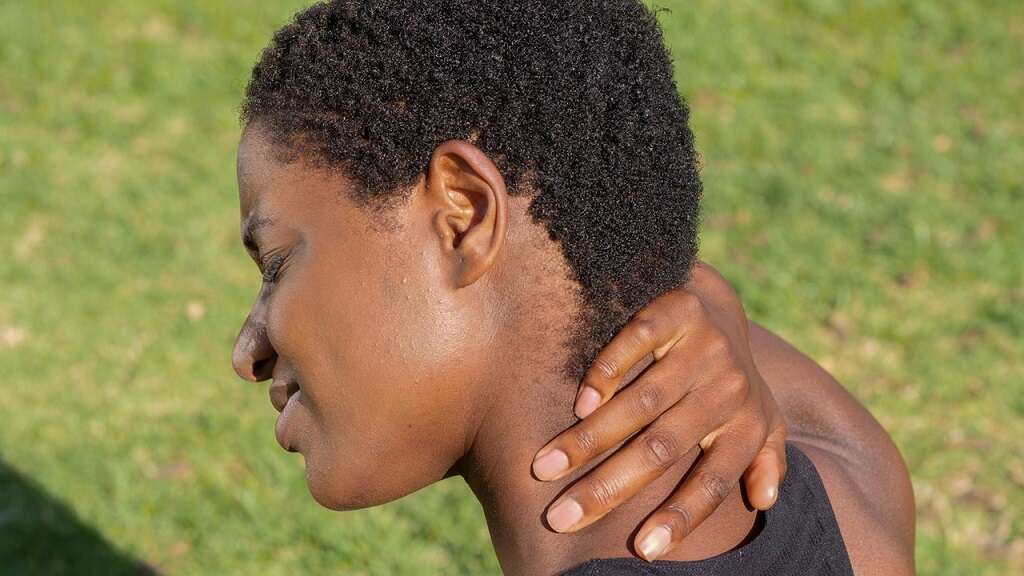
5. Yersinia Enterocolitica
Yersinia enterocolitica is a bacteria found in contaminated undercooked or raw pork. The infection occurs in children more often than in adults, and people develop it more frequently in the winter than in summer.
This infection may cause fever, abdominal pain or bloody diarrhea. Yersinia enterocolitica can also contribute to appendicitis. In rare cases, it can cause joint pain or spread to other parts of the body through the bloodstream.4Adam C. Alder, MD. ‘Association of Viral Infection and Appendicitis.’ Archives of Surgery, JAMA Network, 1 Jan. 2010, jamanetwork.com/journals/jamasurgery/fullarticle/213340.,8Chen CY;Chen YC;Pu HN;Tsai CH;Chen WT;Lin CH; ‘Bacteriology of Acute Appendicitis and Its Implication for the Use of Prophylactic Antibiotics.’ Surgical Infections, U.S. National Library of Medicine, pubmed.ncbi.nlm.nih.gov/23231389.

6. E. Coli
Escherichia coli, or E. coli, is a bacteria that lives in the intestines of healthy people. Certain harmful strains could turn up in undercooked ground beef or raw vegetables. Those who are immunocompromised or have certain health problems could become ill from the bacteria.
The E. coli bacteria can cause bloody diarrhea and vomiting, along with stomach cramps. It may also lead to appendicitis if the bacteria travels to the appendix, attacking its walls and causing a blockage that leads to inflammation.8Chen CY;Chen YC;Pu HN;Tsai CH;Chen WT;Lin CH; ‘Bacteriology of Acute Appendicitis and Its Implication for the Use of Prophylactic Antibiotics.’ Surgical Infections, U.S. National Library of Medicine, pubmed.ncbi.nlm.nih.gov/23231389.,14‘Appendicitis.’ Sepsis Alliance, 12 Jan. 2021, www.sepsis.org/sepsisand/appendicitis.

7. K. Pneumoniae
Klebsiella pneumoniae is a bacteria that causes surgical site, wound and bloodstream infections.10Michael E. Ruff, MD. ‘Escherichia Coli Septicemia in Nonperforated Appendicitis.’ Archives of Pediatrics & Adolescent Medicine, JAMA Network, 1 Aug. 1994, jamanetwork.com/journals/jamapediatrics/article-abstract/517247. It's known to cause meningitis, and it can cause pneumonia in people who have alcohol problems or diabetes.[[16]] The K. pneumoniae bacteria can spread to a person's appendix through their bloodstream.10Michael E. Ruff, MD. ‘Escherichia Coli Septicemia in Nonperforated Appendicitis.’ Archives of Pediatrics & Adolescent Medicine, JAMA Network, 1 Aug. 1994, jamanetwork.com/journals/jamapediatrics/article-abstract/517247.
This bacteria is starting to develop a resistance to certain varieties of antibiotics, so physicians perform tests to determine the strain that's causing the infection before prescribing a treatment.10Michael E. Ruff, MD. ‘Escherichia Coli Septicemia in Nonperforated Appendicitis.’ Archives of Pediatrics & Adolescent Medicine, JAMA Network, 1 Aug. 1994, jamanetwork.com/journals/jamapediatrics/article-abstract/517247.,15Ashurst, John V. ‘Klebsiella Pneumonia.’ StatPearls /[Internet/]., U.S. National Library of Medicine, 5 Feb. 2021, www.ncbi.nlm.nih.gov/books/NBK519004.

8. Streptococcus
Streptococcus is a bacteria commonly associated with strep throat. Other strains are known to cause scarlet fever, impetigo or toxic shock syndrome.
The infection may also affect other parts of the body. In rare cases, streptococcus bacteria may lead to appendicitis. An infection from this bacteria could potentially become fatal if a person doesn't seek medical treatment immediately. This is the case for older people of advanced age.11Ghadage, Dnyaneshawari Purushottam, et al. ‘Appendicitis in a Child Due to Streptococcus Pneumoniae: A Rare Case Report.’ Journal of Clinical and Diagnostic Research : JCDR, JCDR Research and Publications (P) Limited, Jan. 2015, www.ncbi.nlm.nih.gov/pmc/articles/PMC4347081.
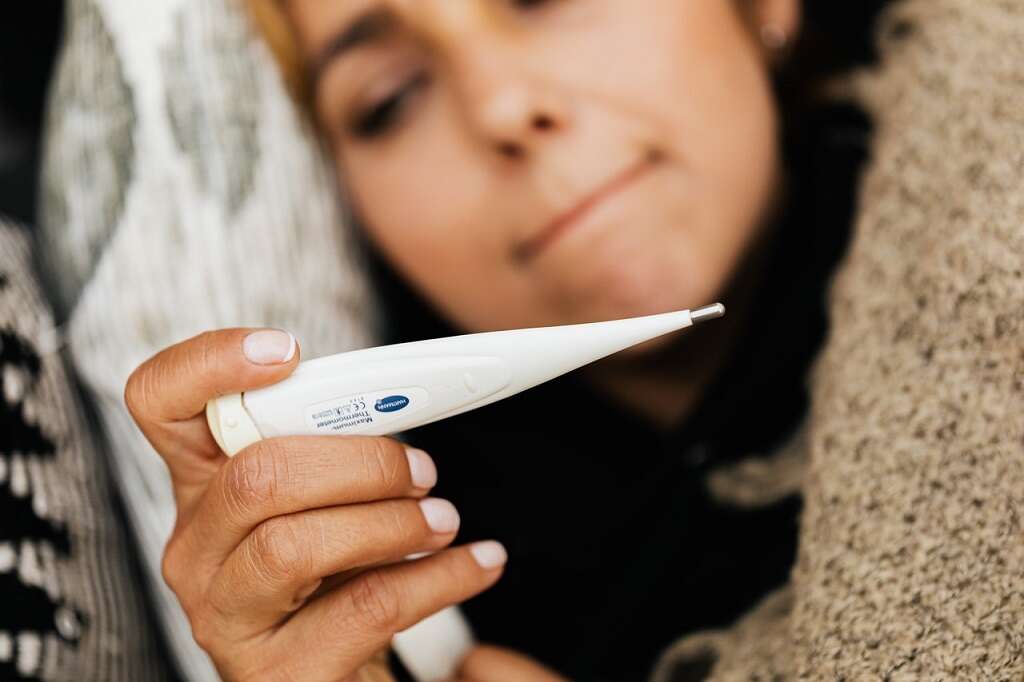
9. Enterococcus
Enterococcus bacteria may affect a person's heart and urinary tract. If it causes a urinary tract infection, the individual may develop symptoms, such as frequent urination, burning during urination, fever and difficulty urinating. When it infects the endocardium, it may cause night sweats, a heart murmur or a fever.
The enterococcus bacteria can also attack the appendix. It's a difficult bacteria to treat and may require a combination of antibiotics.12‘Infective Endocarditis By Guy P. Armstrong, et al. ‘Infective Endocarditis - Cardiovascular Disorders.’ Merck Manuals Professional Edition, Merck Manuals, www.merckmanuals.com/professional/cardiovascular-disorders/endocarditis/infective-endocarditis.
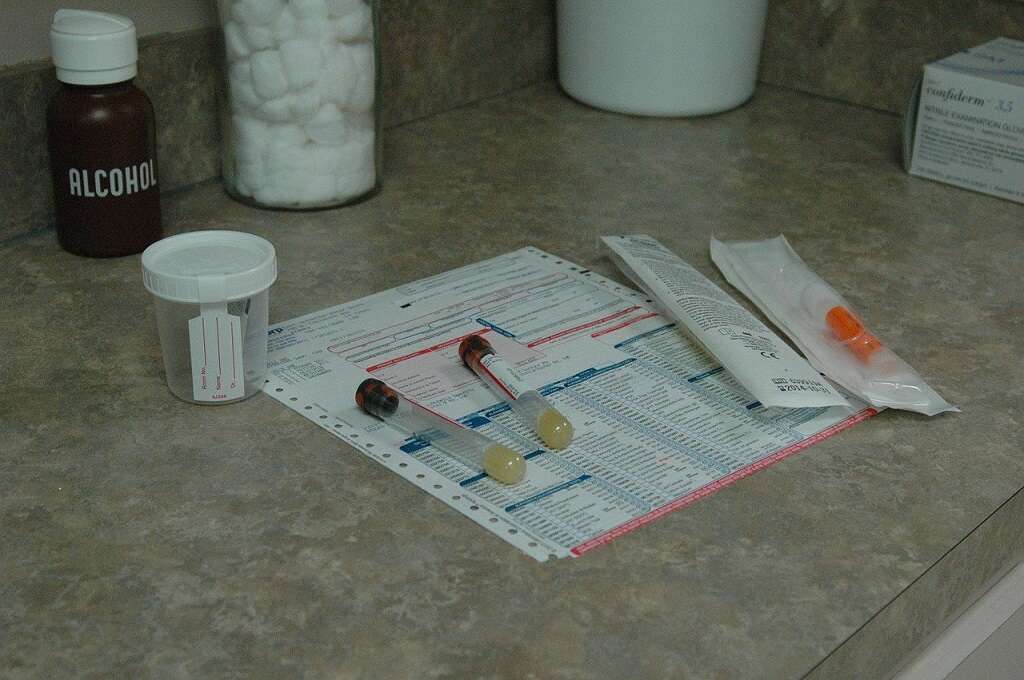
10. Fungus
Fungal appendicitis happens when fungi invade the appendix and cause a blockage. It's a rare occurrence that a person can develop from fungi, such as Candida spp, which is a yeast infection. It could also stem from Aspergillus spp, which is a mold that grows both indoors and outdoors.
Fungus contributes to appendicitis more often in people who are immunocompromised. The prognosis of appendicitis from a fungal infection is better when a person receives treatment early in the onset of the infection.13Larbcharoensub N;Boonsakan P;Kanoksil W;Wattanatranon D;Phongkitkarun S;Molagool S;Watcharananan SP; ‘Fungal Appendicitis: a Case Series and Review of the Literature.’ The Southeast Asian Journal of Tropical Medicine and Public Health, U.S. National Library of Medicine, pubmed.ncbi.nlm.nih.gov/24050103.



